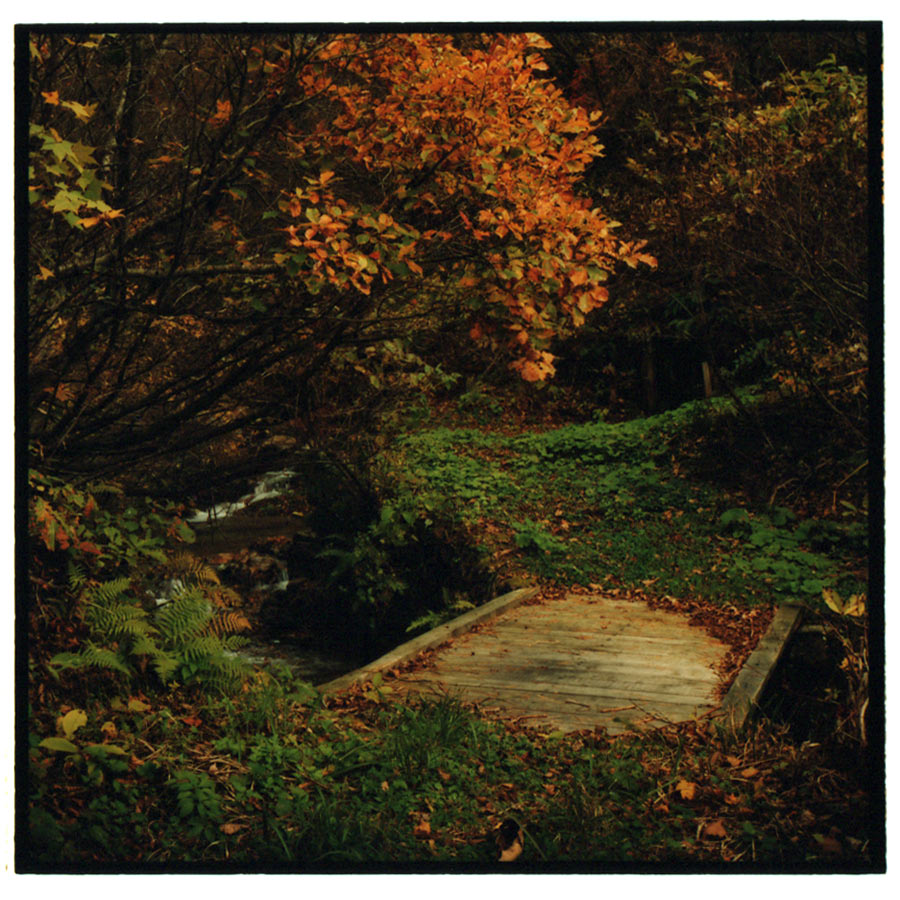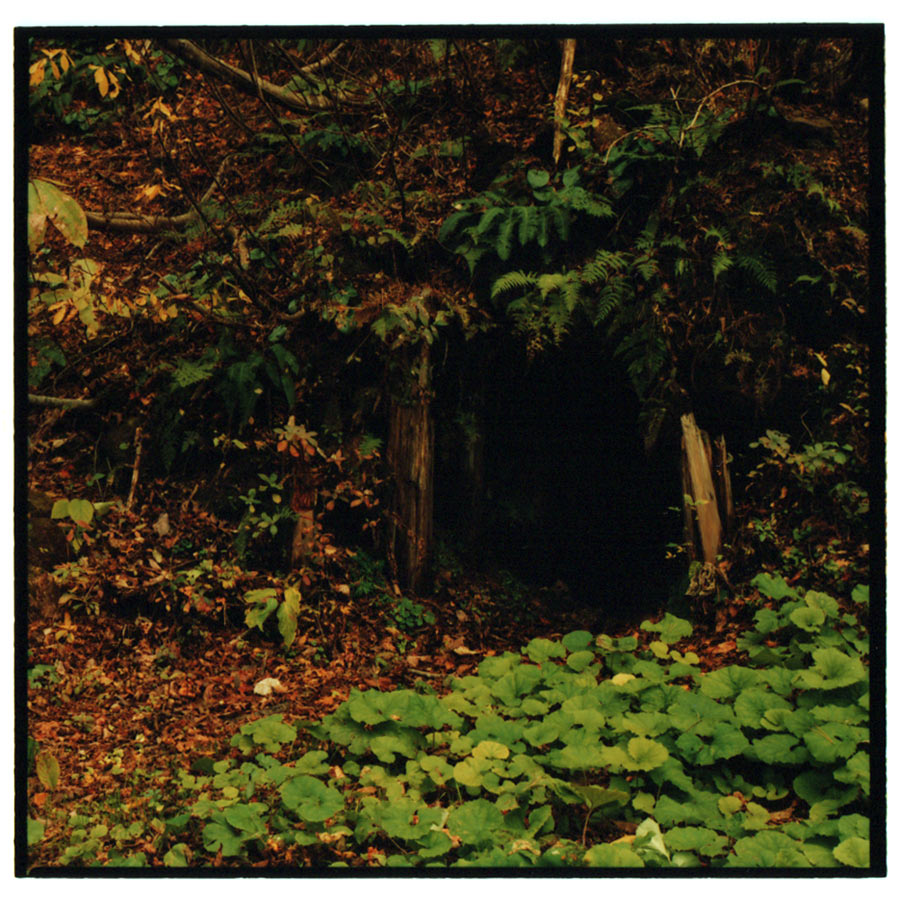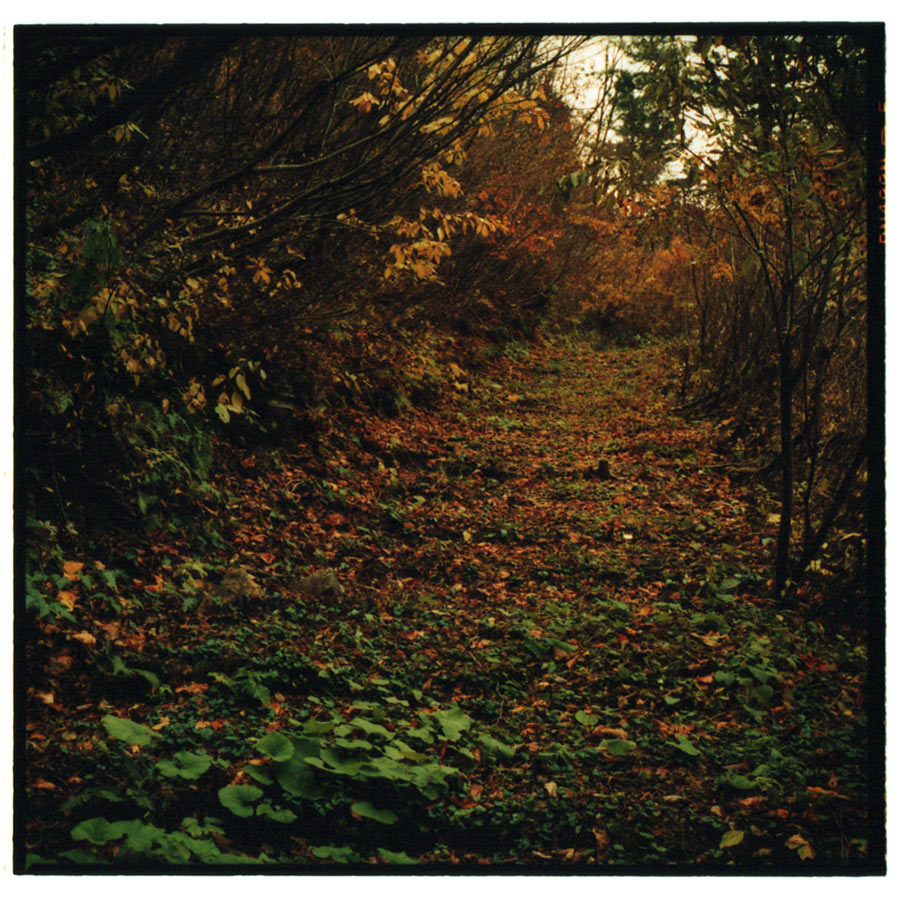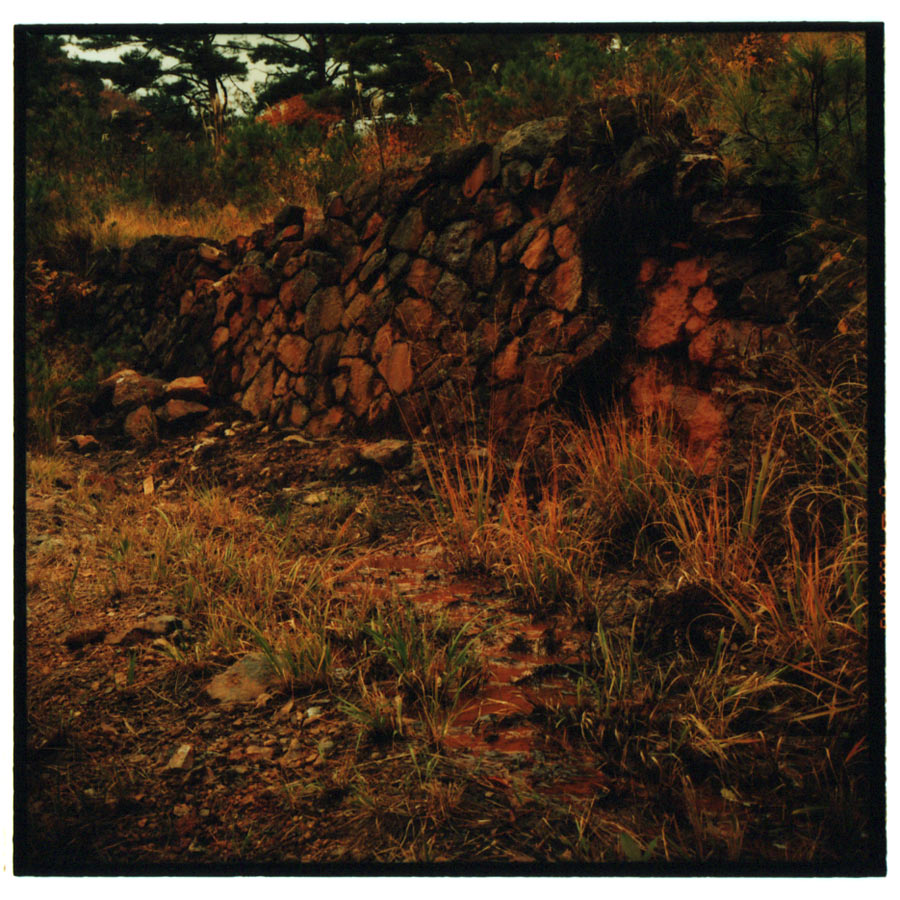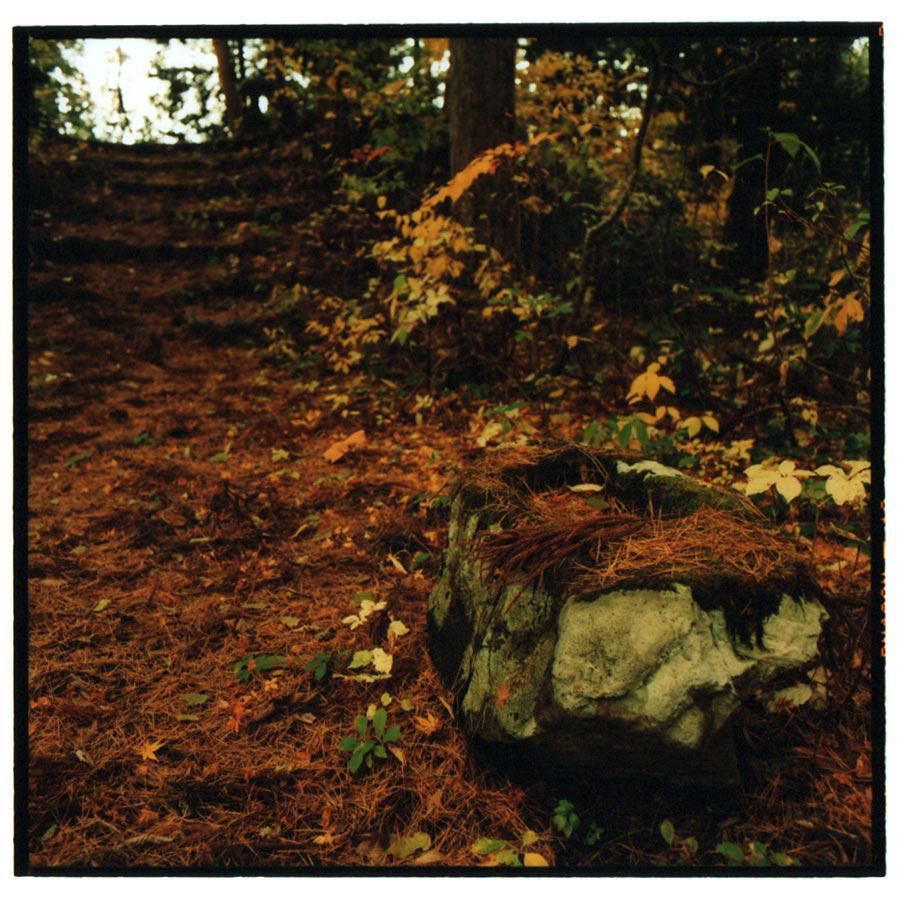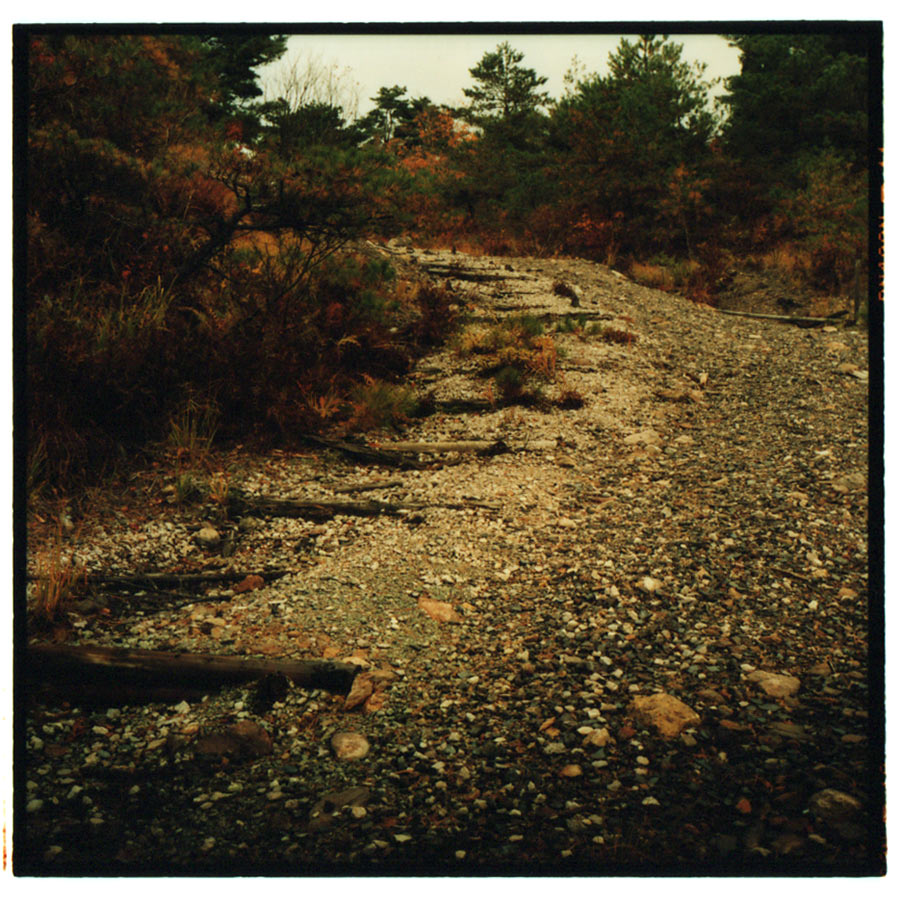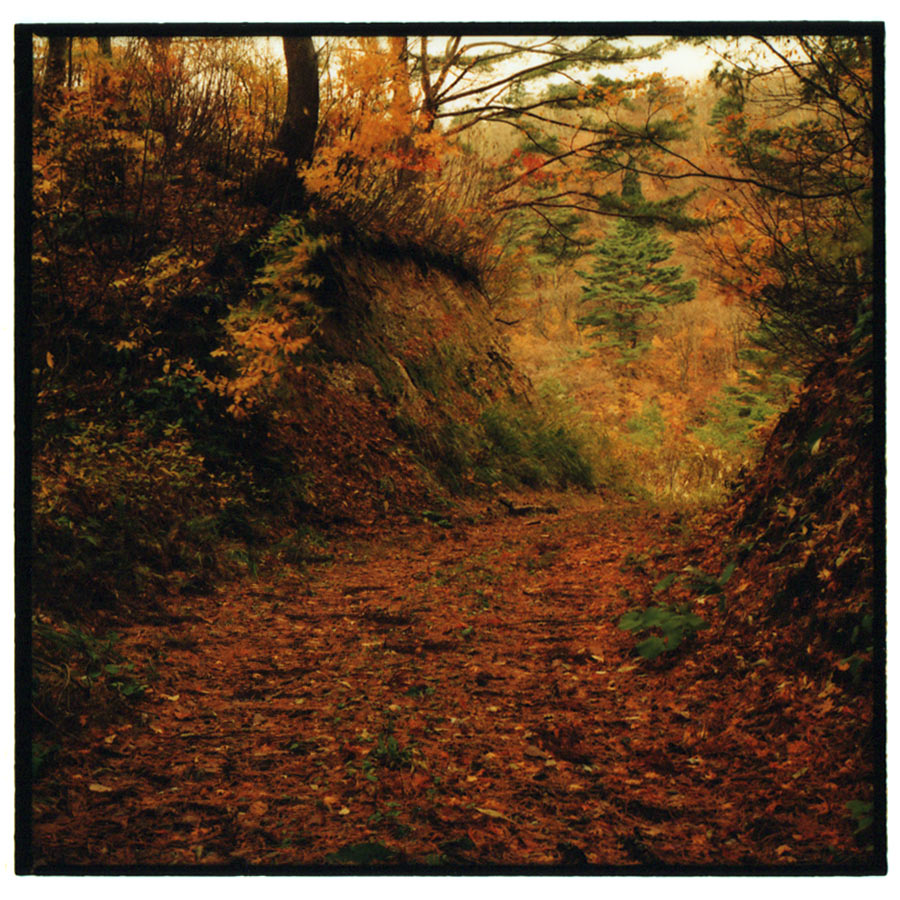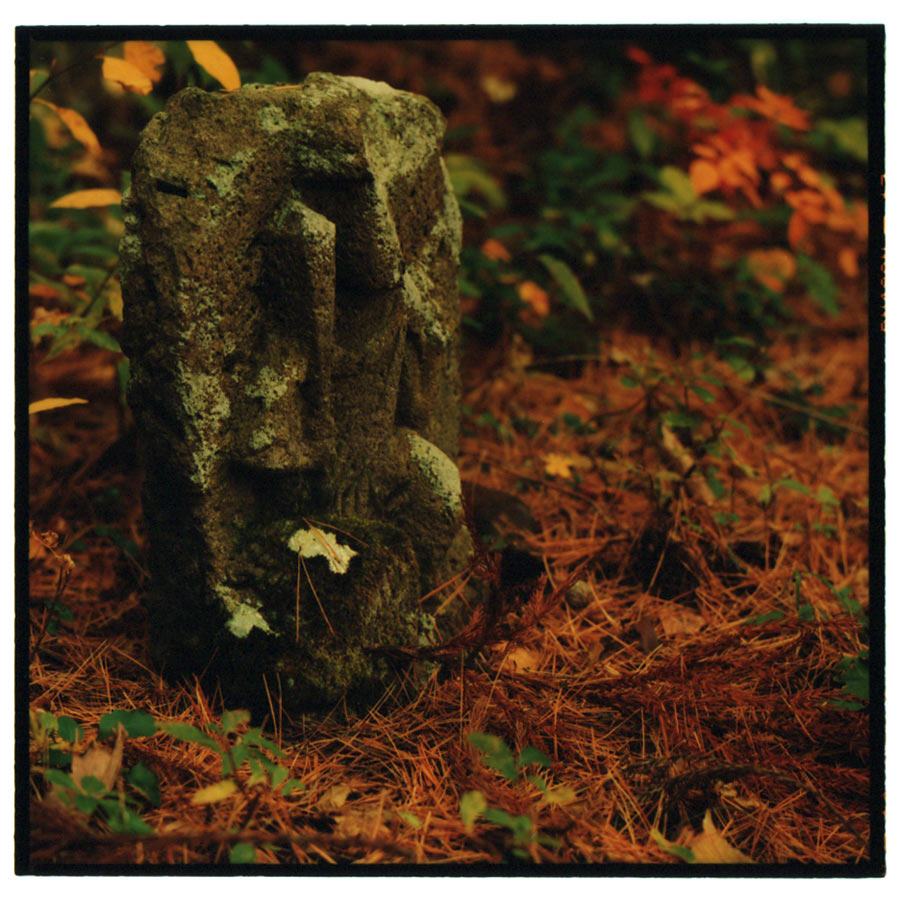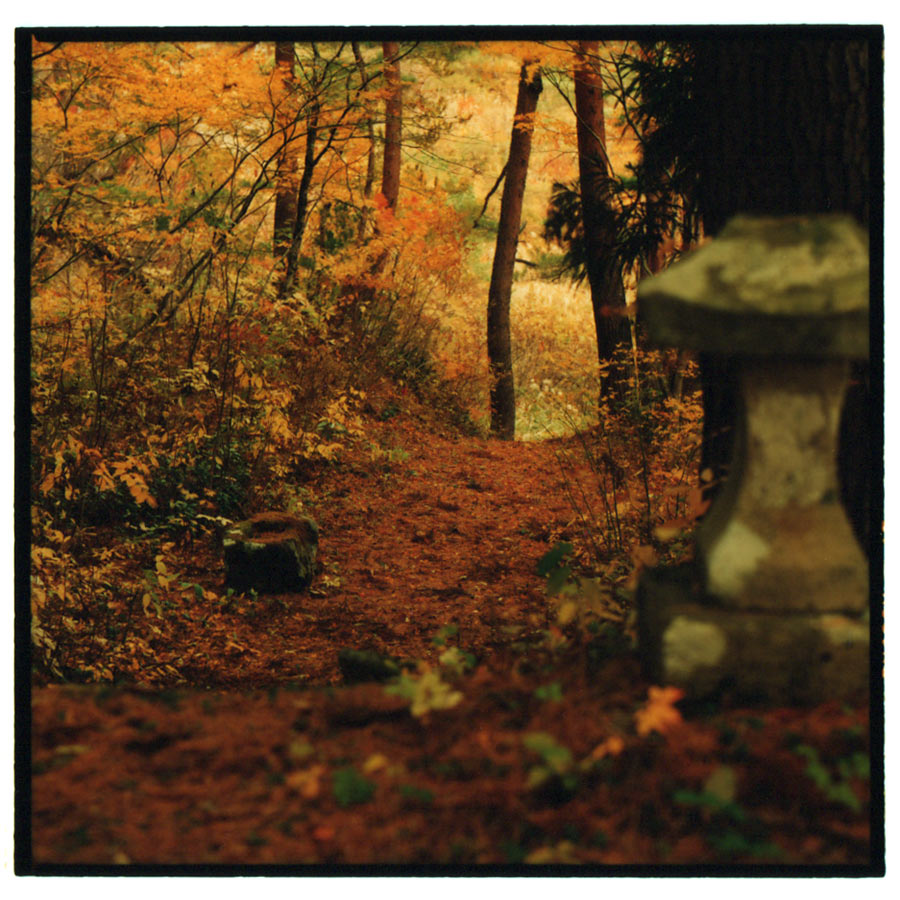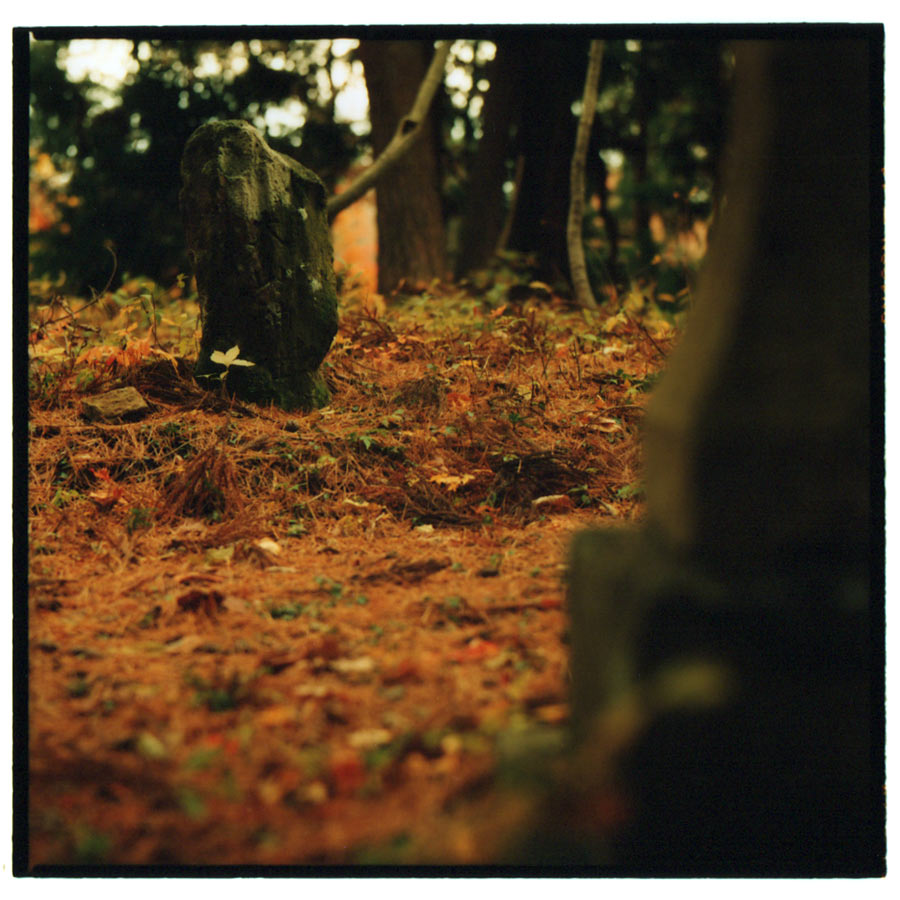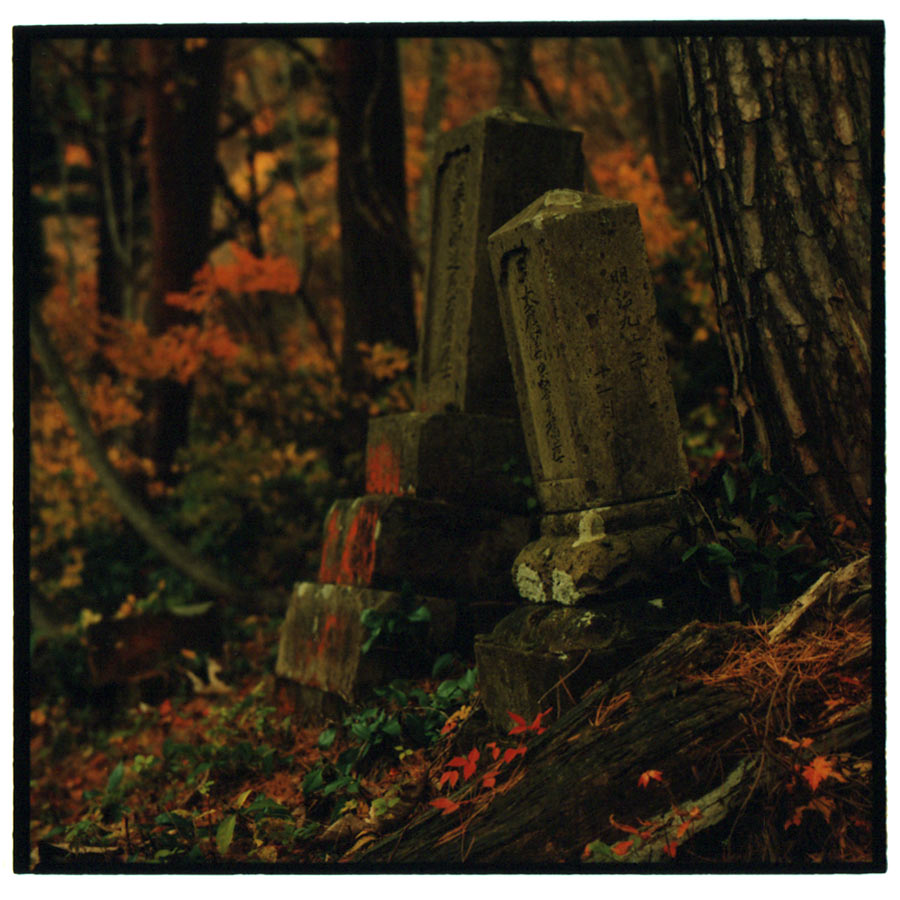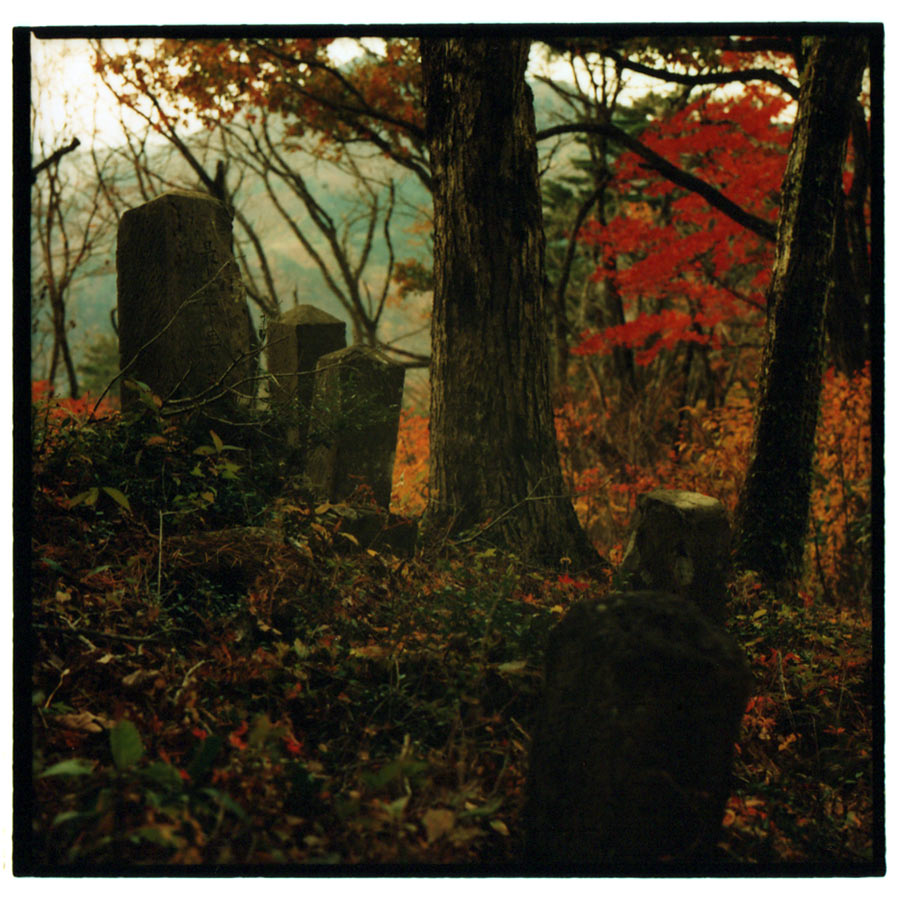草倉鉱山跡
県北東部の阿賀野川上流域に位置し、江戸期から大正期にかけて銅鉱を産出しました。 江戸中期 1739 年(元文 4 年)の津川町民 茂左衛門らによる発見が起源とされ、江戸後期の文化、嘉永年間に会津藩金山役所のもとで 300 人ほどの坑夫を抱えて繁栄します。 その後、衰退した鉱况は 1865 年(慶応元年)の慶応坑の開発に伴って回復しますが、戊辰戦争によって設備が失われ、休山を余儀なくされました。 明治期に入ると経営は越後府から若松県に移管され、1871 年(明治 4 年)に津川の資産家 平田次八郎による請負稼行が開始されます。 後に政府は外国資本の排除や民間鉱業の育成を図り、国内の未採掘鉱石を官有と定め、借区制を設けて鉱業を独占しました。 1875 年(明治 8 年)に平田から借区権の譲渡を受けた相馬藩末代藩主 相馬誠胤は、前年に廃業を迎えた政商 小野組の古河市兵衛らを草倉の経営にあたらせます。 翌年に権利を譲り受けた古河は単独経営に乗り出し、坑内軌道や鉱車、発破工法、削岩機などを導入し、鉱山の近代化に向けて取り組みました。 さらに、麓では 1882 年(明治 15 年)に角神製錬所が新設され、産銅量は 2 年後に国内首位の足尾に次ぐ 1,084 t に上り、従業員数は 1,712 名を数えて最盛期を迎えます。 粗銅は 20 隻の舟で阿賀野川を下り、新潟港から東京の本所溶銅所に向けて送られました。 その後、生産量は増減を伴いながら次第に減少し、出張所に改編された 1911 年(明治 44 年)から製錬操業は断続的に休止され、2 年後に中止に至ります。 1914 年(大正 3 年)以降、5 度にわたって探鉱が繰り返されますが、いずれも成果は得られず、戦後不況に伴う銅価下落の影響を受けて閉山を迎えることとなります。 周辺には各地から集まった坑夫の無縁墓が現在も残ります。
1920 年閉山
Kusakura Mine
The mine is located in the upper Agano River basin in the northeastern part of the prefecture and produced copper ore from the middle of the 18th century to the early 20th century. According to lore, Mozaemon and others, inhabitants of former Tsugawa Town, discovered an outcrop in 1739. Later, the mine employed approximately 300 miners and prospered under the mine administration office, established by the Aizu Domain, in the first half of the 19th century. Although production recovered due to the development of Keiou Adit from 1865, the outbreak of the Boshin War, a Japanese civil war, destroyed mining facilities and led to an operational pause. In the Meiji period, the mine management shifted to Echigo Prefecture and later to Wakamatsu Prefecture. Subsequently, Jihachiro Hirata, a wealthy person from former Tsugawa Town, began mining operations on contract in 1871. The new government nationalized all of the minerals in the country and granted permission to contractors to work in leasehold areas with the aim of an elimination of foreign capital inflows and promoting the development of the private mining industry. In 1875, Tomotane Soma, the last feudal lord of the Soma Domain, purchased the leasehold rights from Hirata and entrusted the mine management to Ichibei Furukawa and another from Ono-Gumi, a wealthy merchant that closed down in the previous year. Furukawa acquired the rights in the following year and later introduced modern equipment and techniques, such as underground tracks, mine cars, blasting methods, and rock drills. Tsunogami Smelter was established and began operations at the base of the mine in 1882. In its peak year of 1884, the mine produced 1,084 tonnes of crude copper, the second largest output in the country, and the number of employees totaled 1,712. Crude copper went down the Agano River by 20 cargo boats and was transported from Niigata Port to Honjo Copper Smeltery in Tokyo. Thereafter, production gradually decreased, and the mine was reorganized into a sub-branch office in 1911. The smelter intermittently suspended operations from the same year and was abandoned two years later. Although mineral exploration was performed five times from 1914, the results were poor. The recession after the First World War caused a decrease in copper price, which led to the closure of the mine later. Numerous gravestones of the miners remain around and can still be found today.
closure in 1920
新潟県東蒲原郡阿賀町鹿瀬
銅、硫化鉄、金、銀
Kanose, Aga Town, Higashi-Kanbara County, Niigata
copper, iron sulfide, gold, silver
